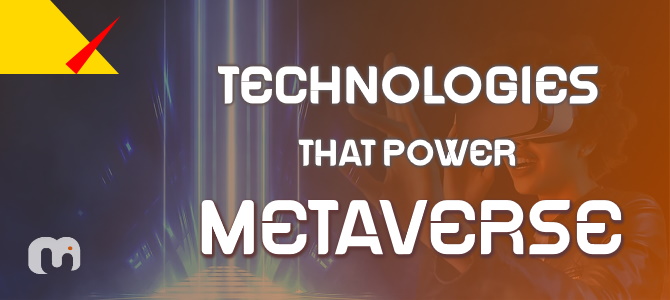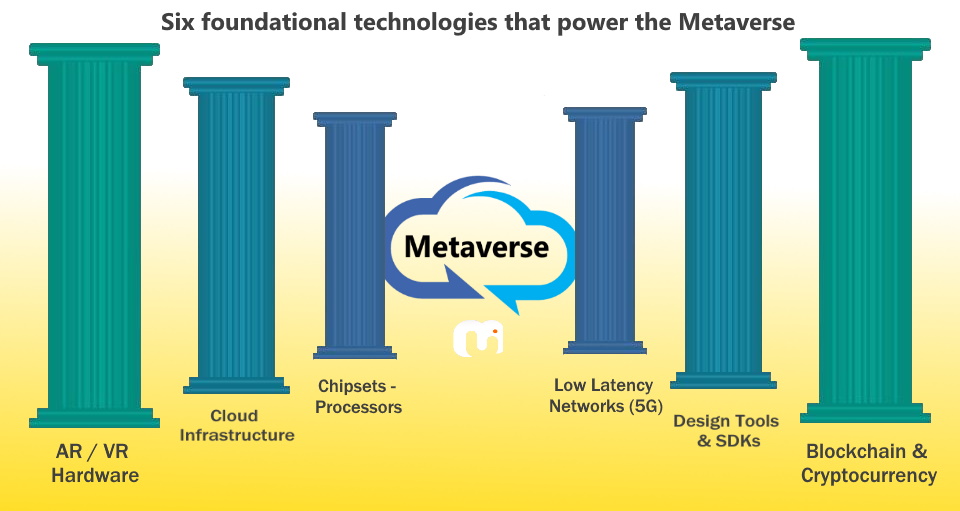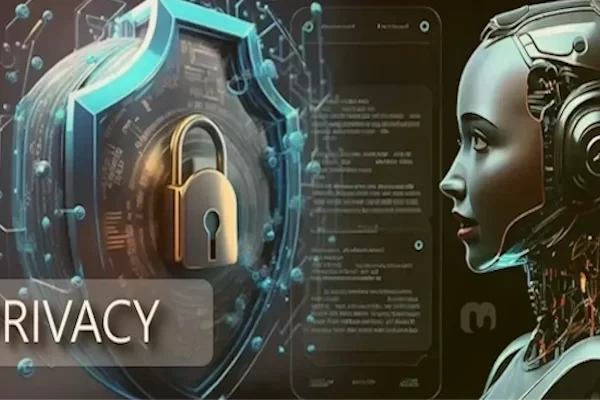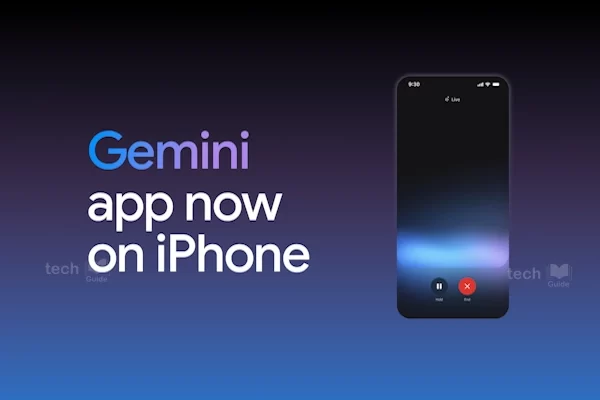
Analysts predict that the younger generation shall eventually earn, spend, and invest most of their money in digital worlds. The metaverse shall emerge as a trillion-dollar market in less than a decade. Some industry experts claim that it could be the future of internet.
As a result, there is a lot of competition between Big Techs and startups to grab their chunk of the market share. These companies started making huge investments to build their own versions of a futuristic metaverse.
Metaverse is not a single technology. It’s a broader vision that involves multiple technologies to work together seamlessly. High performance networks, advanced computing, hardware, AR/VR, Artificial Intelligence, 3D modeling, Crypto, Blockchain, IoT and the list goes on. A lot of Design and Creativity would also go into each of these technologies to work.
So, the point I would like to highlight here is – most of the foundational infrastructure that are required for the Metaverse to evolve is already in place and getting into shape. Today, let me discuss about the underlying technologies that power the metaverse and some of the key players, all set to make the metaverse a reality.
Note that, the companies mentioned in each tier is limited to my knowledge and some analysts reports I read. There can be other good companies who offer niche technology products that may not be presented here.
AR / VR Hardware
The Metaverse is defined by its immersive experience for its users, and this wouldn’t be possible without AR and VR. At the core, it is all about connected VR experiences that every tech companies try to offer in the metaverse. Its easy said than done. Imagine that you will be able to walk into a shopping mall, interact with your friends, and have fun with an immersive connected VR just like the way you do in physical world.
This tier includes a range of hardware devices that will allow users to experience the metaverse. VR Headsets, Touch sensitive Gloves, hologram 3D projectors, Smart glasses (AR) etc.
Today Metaverse focused hardware like virtual reality (VR) headsets and augmented reality (AR) glasses – are being designed to support intense workloads related to high-end graphics and artificial intelligence (AI) on smaller, lightweight devices.
Chipsets / Processors
This tier is all about the computing power. Next gen chipsets will support the intense computing and processing requirements of metaverse applications. Chip manufacturers like Qualcomm and Intel have promised huge investments to support the metaverse hardware. Intel claims that the metaverse will necessitate a 1000x increase in computational efficiency, including advancements in 5G and hybrid edge-cloud infrastructures. Qualcomm chipsets are already popular and being used in over 50+ AR/VR devices.
Low Latency Networks (5G)
This tier is the lifeline of the metaverse. Wireless technologies that power the high resolution metaverse applications – for immersive virtual worlds or gaming. We will need reliable, ultra-fast, low latency networks to enable the connected VR experience. 5G is considered one of the foundational building blocks for Metaverse. Most of the leading telecom companies started investing to offer 5G network infrastructure. Companies like Verizon, and AT&T have partnered with VR gaming companies to experiment on their 5G network.
Cloud Infrastructure
It is obvious that metaverse applications would require highly scalable infrastructure that includes enormous amount of compute, storage, bandwidth and more. Especially for those companies hosting the virtual worlds and experiences. Cloud infrastructure will enable metaverse companies, to process, store and consume the vast amounts of data they generate. Some of the high-profile gaming companies host their infrastructure on cloud. Example: Epic Games host their entire infrastructure on AWS cloud for their popular game Fortnite.
EDGE Computing will be used for metaverse applications that depend on real-time responses, such as AR/VR and gaming. Edge computing will enable data to be processed closer to where it is been created. This helps in situations where data needs to be processed in real time like sensor data from trackers in VR headsets. Edge computing is still a part of the larger cloud infrastructure, while it takes care of specific requirements that needs very quick response.
Design Tools & SDKs
3D modeling design tools, SDKs, and AR/VR developer kits will constitute one of the core building blocks of the metaverse.
Companies offer 3D design engines and animated visual effect tools that designers can use to build the visual elements of the metaverse. These engines enable real time generation of 3D graphics (unlike the pre-rendered animation that appears in movies) Examples are: Unreal Engine, & Unity. Most of the 3D game studio companies use one of these 3D design engines today.
3D Model capture tools – helps capture and create 3D representations of physical world products or environments. These tools will enable companies to quickly create metaverse versions of real-life products. For e.g., Vntana uses 3D scanning to transform products like furniture or jewelry into 3D images. PreVu3D creates virtual models of physical spaces (like factories).
Companies offer AR software development kits (SDKs) to enable developers to create, manage and optimize AR app development. Some of the top gaming companies already announced the launch of their AR developer platforms.
After all, developing for the metaverse is going to be different from developing traditional web-based applications for the internet. Because users will interact with the metaverse via specially designed hardware devices. This space is in its infancy, and you can expect more to evolve with a wide range of new platforms and SDKs in the years to come.
Blockchain and Cryptocurrency
As the Metaverse evolves, the virtual worlds will need its economic infrastructure layer to be built. The foundation for this is already set. Blockchain and crypto currencies are being widely adapted as the foundation for the economic infrastructure in the metaverse. This will enable people to buy, sell, and store goods and services in the metaverse.
Ideally, PAYMENTS become an essential part of the metaverse ecosystem. As the economies in the virtual world grow, users will adapt typical online payment systems that emerge out of blockchain and cryptocurrency ecosystem. Of course, the metaverse would run on a decentralized financial infrastructure with blockchain as its foundation.
CRYPTO EXCHANGES will enable you to buy and sell cryptocurrencies that can be used in various virtual worlds. Crypto exchanges and crypto currencies are widely adapted and already in use. Companies like Binance, Gemini and Crypto.com allows you to trade crypto currencies today. Crypto currencies like MANA, SAND can be purchased / traded on multiple platforms.
NON-FUNGIBLE TOKENS (NFTs) will be another form of asset that you buy and trade in the metaverse. There are NFT marketplaces (like Sandbox, Open sea, Rarible, Axie) where you can buy and sell NFTs of everything from virtual land to avatar clothing to virtual buildings in the decentralized worlds. NFTs will become the primary form factor to purchase and hold your metaverse based assets/property.
Wrap up
With all the hype and criticism – the metaverse will continue to evolve. All the technology companies and individuals involved – “Will have to undertake this huge responsibility of creating ethical and responsible products, environments”. These technologies aren’t meant to replace your real-world life. But rather, would enable you to extend your digital presence – where you could share your experiences in a more immersive way. Finally, I would reiterate that the metaverse can only be a temporary shift for your mind, and it cannot / shouldn’t become a second life.
Hope this article gave you some good insights about the technologies that power the metaverse evolution. if you found this helpful, please do leave me your comments below. Stay tuned!







